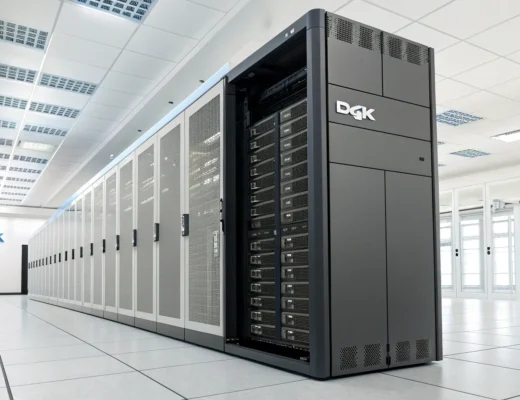In April, job openings had dipped below 8 million for the first time since early 2021. The Labor Department reported the May increase on Tuesday. Layoffs also rose in May to 1.65 million.Job openings per unemployed worker remained at 1.2 for the second month in a row in May. That is what they were just prior to COVID. pic.twitter.com/txW51CvkhU
— Jason Furman (@jasonfurman) July 2, 2024
This was up from 1.54 million in April. However, the number of Americans quitting their jobs stayed about the same. “The report was another sign that the labor market is holding firm,” said Robert Frick, an economist.In post-pandemic world, there have been larger gaps between first release and revision for JOLTS job openings data … lately, revisions have been to downside (a reversal of trend in 2021-2022) pic.twitter.com/QR2nPgwFv3
— Liz Ann Sonders (@LizAnnSonders) July 3, 2024
He added, “The expansion looks solid.” The Fed has raised rates aggressively to fight inflation. It has increased its key rate 11 times since early 2022. The rate is now at a 23-year high. The economy has still managed to keep growing. Employers have also continued to hire. But there are indications that growth is slowing down.Hires rate ticked up in May and looks to be stabilizing around current level, which would be welcome since year/year change is still negative pic.twitter.com/JK8U59FBsn
— Liz Ann Sonders (@LizAnnSonders) July 3, 2024







